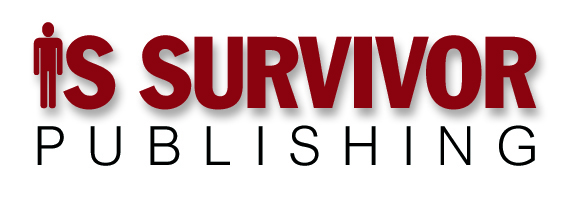Crankiness is a sure-fire motivator for writing a punchy, sarcastic column. The downside: It doesn’t always lead to the most tactful recommendations.
David Carlson wrote to suggest, gently, that my final recommendation for responding to someone who tells you to face reality wasn’t particularly useful.
He’s right, too. While not as sarcastic as “Here on earth,” my suggested, “We have to decide whether to face reality or face facts, because so far as I know the evidence suggests otherwise,” is hardly a model of businesslike comportment.
Fun, though.
Before exploring other alternatives, there’s a larger point to make, so important that I’ve coined an acronym for it: ROT. That stands for Relationships Outlive Transactions. If you want to succeed as a business executive, make ROT a way of life.
It isn’t uncommon for IT staffers, who otherwise care passionately about the quality of engineering in their work products, to get the capitalization wrong. Faced with a design compromise insisted on by management that’s clearly second-rate engineering, some systems analysts will complain to their colleagues about politics intruding on IT design decisions. “What a bunch of rot!” they’ll exclaim, when they should comment, more understandingly, “What a bunch of ROT.”
Relationships are defined by mutual knowledge of each others’ subtleties of motivation, definitions of integrity, congruence of goals, and overall chemistry. Relationships create trust and an ability to cooperate. They lubricate the conduct of day-to-day business. Relationships outlive transactions — the individual decisions and compromises that go into the won and lost columns of life.
It’s rare that winning a single transaction is worth causing a good working relationship to decay, although it can happen. That’s why an ability to compromise is so important in the executive suite: Without it, an executive will, in winning one battle, use tactics that alienate peers to the extent they’ll be on the other side of all subsequent battles.
At IT Catalysts our business change management consulting methodology starts with a stakeholder analysis — an attempt to determine who is likely to resist whatever change is being planned, why, and what to do about it. Among the more common strategies for dealing with change resisters are firing them, marginalizing them, and co-opting them. Of these three, co-option is, when possible, the superior alternative, for two reasons. The first is that apostasy is powerfully persuasive for everyone else. For those who also have opposed whatever it is, a public apostate makes it okay for them to change their minds as well if they’re at all tempted to do so. It helps mold opinion as you want it shaped.
The other reason, relevant to the subject of reality and who owns it, is that when you co-opt a resister you build or strengthen a working relationship, turning an opponent on one issue into a likely ally on the next issue.
How does this fit the subject? Imagine you’re on the receiving end of another executive saying you have to face reality. If you respond as I’d suggested in the last column, you might win your point, but you’ll do so by publicly embarrassing your opponent. That fosters resentment, which can fester, coming back to haunt you next time the two of you are at odds.
That isn’t always a bad thing. If the individual in question already has you in the cross-hairs and has decided you’re going to be an opponent, your only two choices are to win or to lose. As a general rule, winning is better.
But if the other person is also a ROTter (or can be turned into one), you’re far better off choosing a course of action designed to win everyone over, including Mr. or Ms. Reality.
Which might mean nothing more than ignoring the offending phrase entirely, responding, “I just don’t see it that way. Here’s why.”
Or, you can play the apostasy card yourself: “I used to think that myself. Then I read a book by Bob Lewis, and I became convinced that this other way of looking at the situation works better.” (Your having helped me sell more books is just a fringe benefit.)
The apostasy gambit is just as persuasive when you’re the apostate as when you co-opt an opponent. Even better, it promotes your goal of making the whole ROTten company work better.
